After weeks of using the Pixel 9 and its camera, it’s clear that Google has pretty much preserved a lot of the features which makes its phones terrific for point-and-shoot photography. I’d be lying if I said that the Pixel 9 felt different from older models, although this sense of familiarity does work both ways, both for better and for worse.
Do take note that we’re not doing some deep-dive camera test here, but rather key points that need to be mentioned especially for folks who are looking to get the Pixel 9 specifically for its camera. (You can click on the video below for a more hands-on comparison and samples)
Let’s look at the good stuff first – as far as image quality goes, users who are looking forward to getting the same colour science in past Pixel phones will feel right at home with the Pixel 9. There’s the usual approach to contrast and saturation, with photos leaning towards warmer tones without going overboard. Dynamic range is likewise impressive, with very few overblown highlights.
With that said, there are some things that do bother me a bit about the Pixel 9’s camera. For instance, I’ve noticed an overwhelming amount of background blur when shooting zoomed-out portrait photos on the front camera, an issue that I didn’t really face with previous Pixel models. This tends to make photos look unnatural at times, as if subjects were standing in front of a backdrop.
Of course, one workaround would be to fine-tune the bokeh in post, although this just adds another step which would’ve been otherwise unneeded.
Edge detection is still hit and miss, with details such as hair and eyeglass frames still blurring out at times. There were also instances where photos with multiple subjects ended up with one of the subjects blurred in the photo, something I didn’t expect to happen especially considering that the Pixel 9 now has autofocus on its front camera.
Pixels have never been known for outstanding video quality, and while footage shot on the Pixel 9 isn’t terrible per se, it still exhibits some minor issues found on its predecessors. Less-than-ideal lighting situations still result in considerable grain and pixelation on dark scenes, and foliage still turns out muddy in some instances (see the screenshot below).

As for the camera user experience, one issue I’ve noticed is that the shutter button tends to freeze at times especially when continuously shooting multiple portrait photos, something that was also present on the Pixel 8 and Pixel 8a, for example. The camera app also stutters at times, although this could be due to a buggy software update.
Of course it’s important to remember that no smartphone camera is perfect, and each device will have its own shortcomings. With the Pixel 9 however, it would’ve been nice to see such issues ironed out, especially since Google has had several years to work on its smartphone cameras at this point. It should be interesting to see if the company will be able to work out the Pixel 9 camera’s inefficiencies especially given its promise of long-term software support.
In any case, we’re hoping for some improvements in the future.

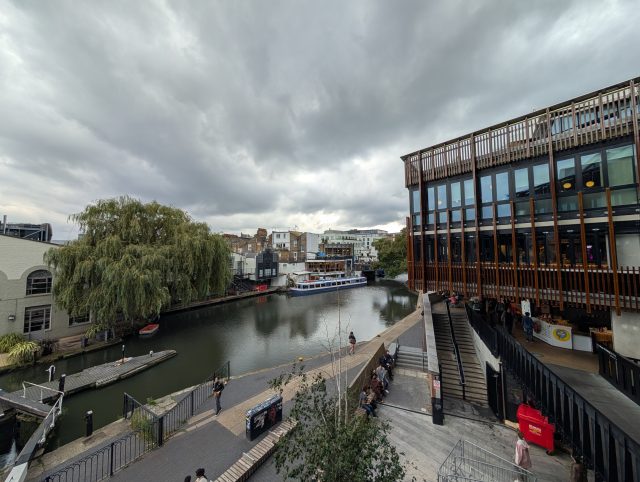
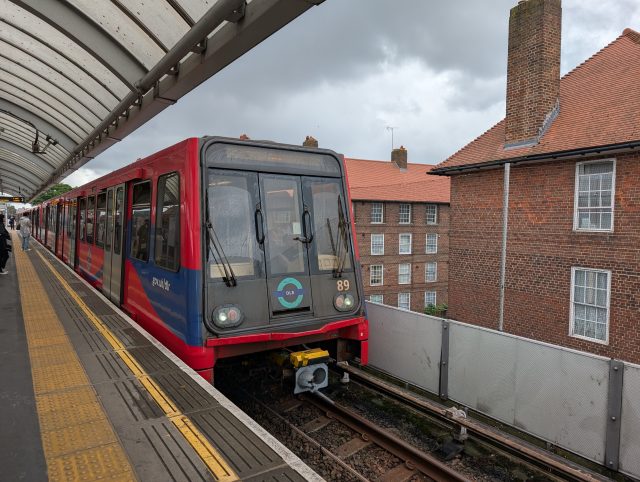




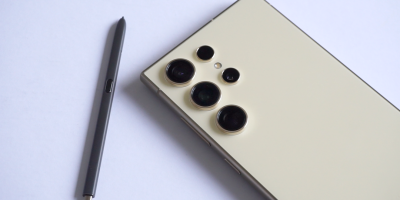
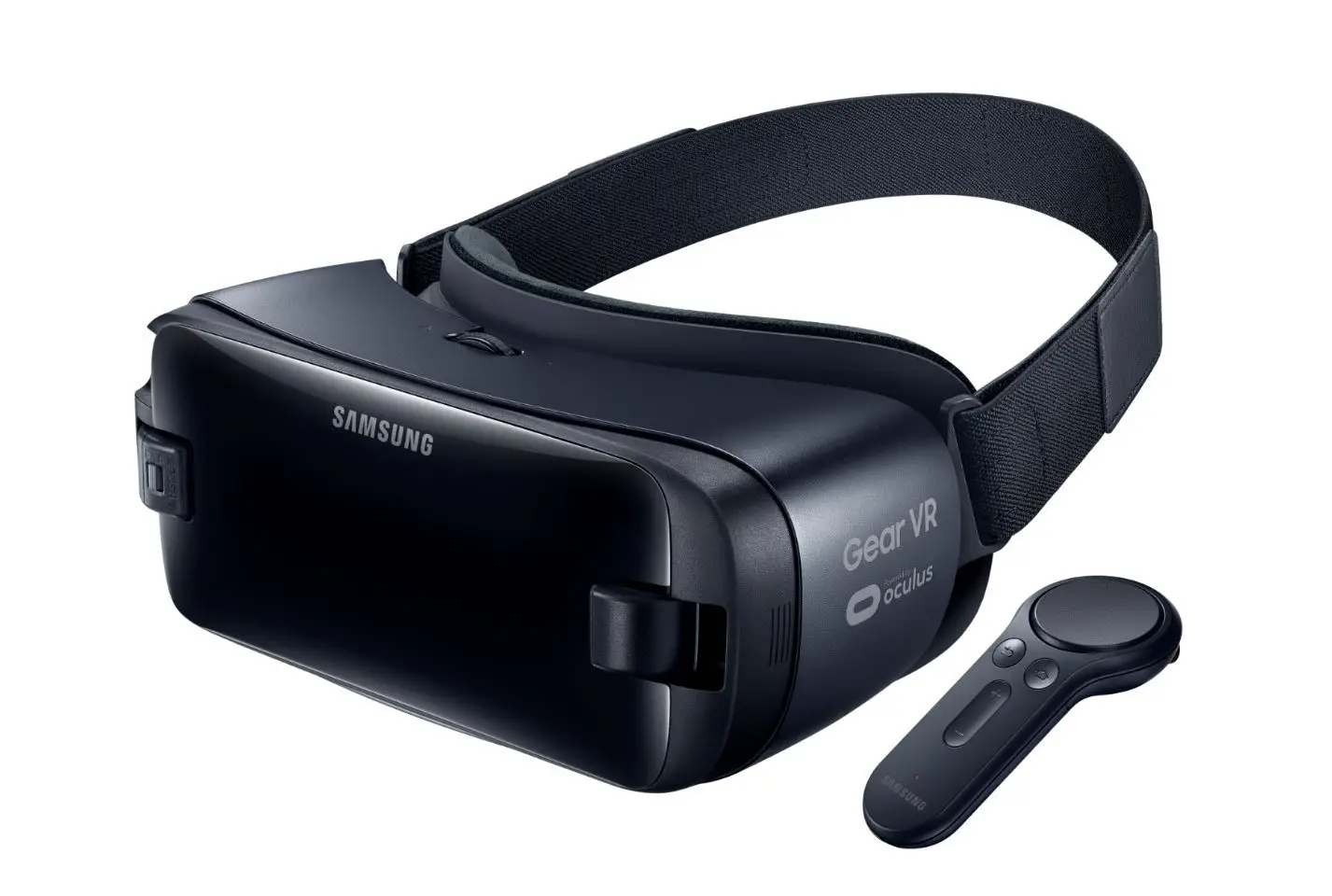
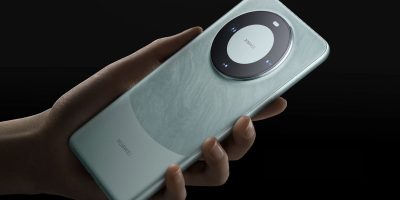
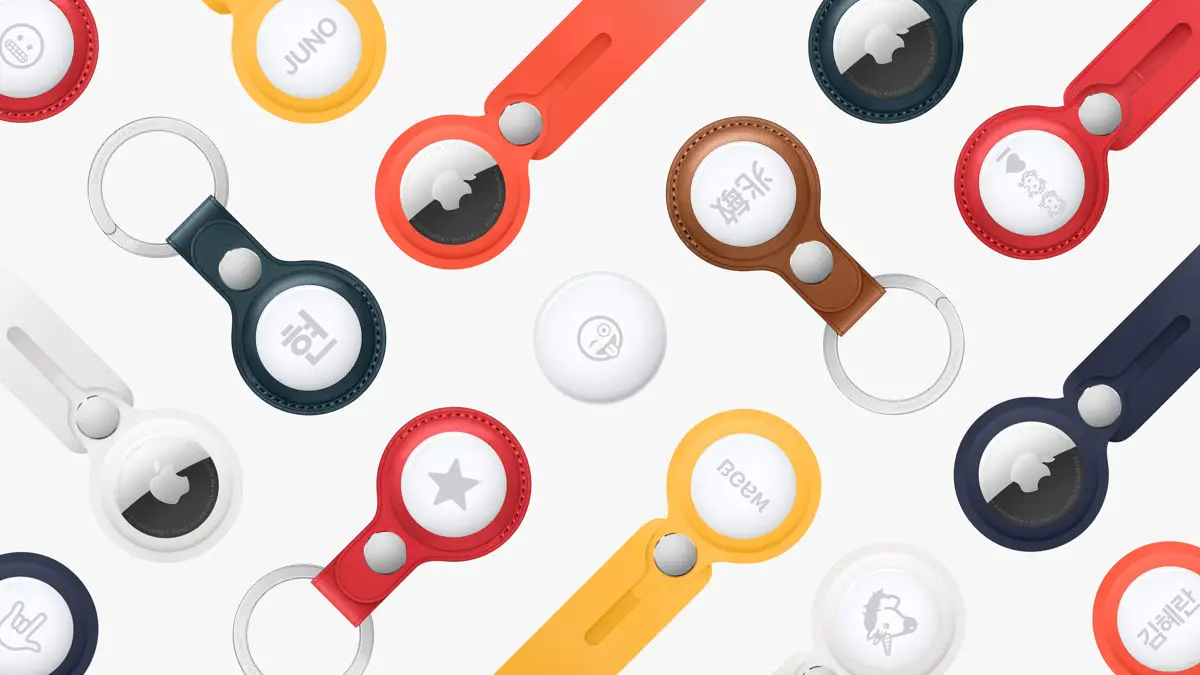
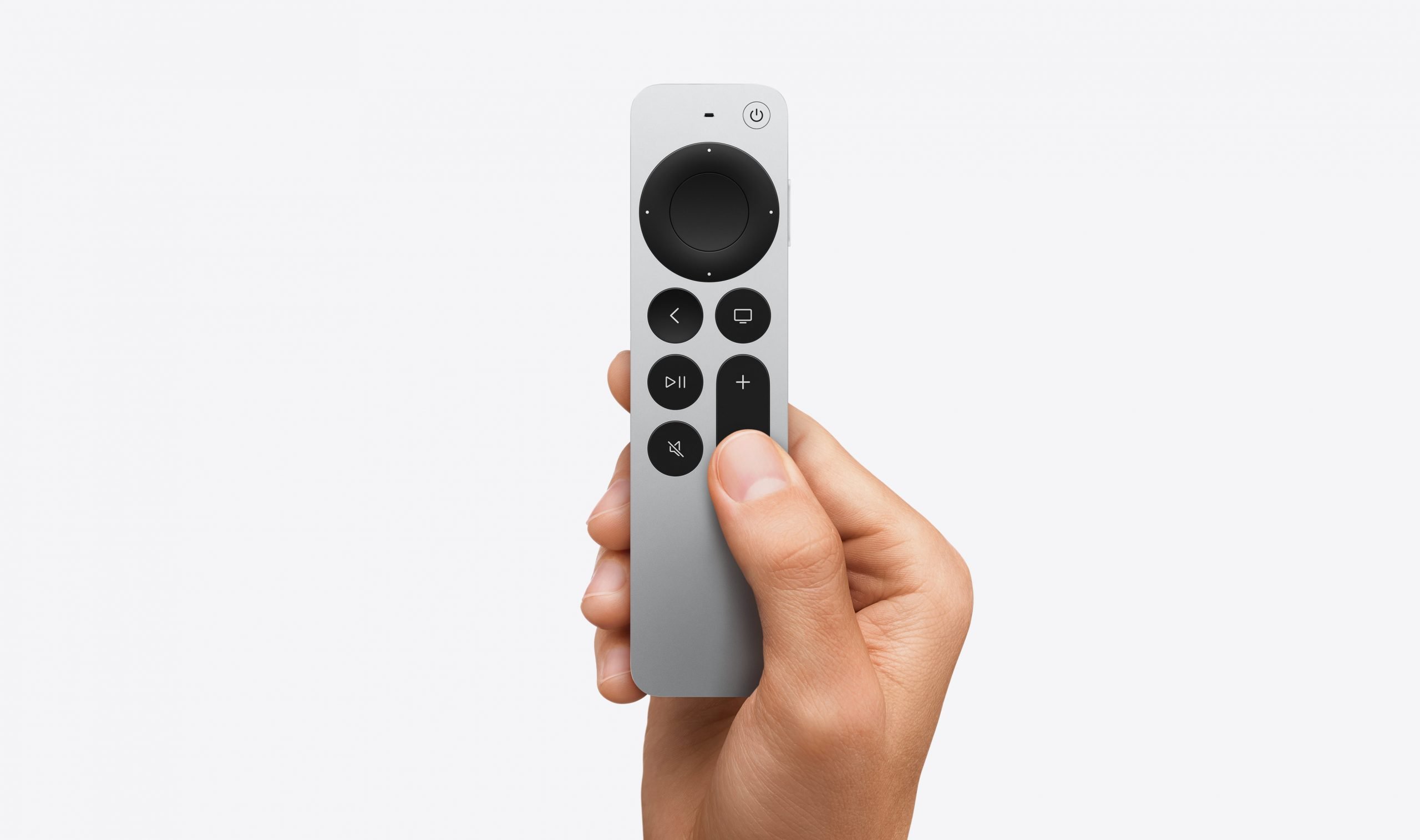
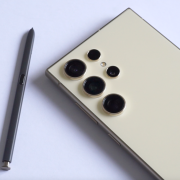

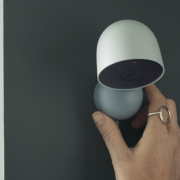

Comments